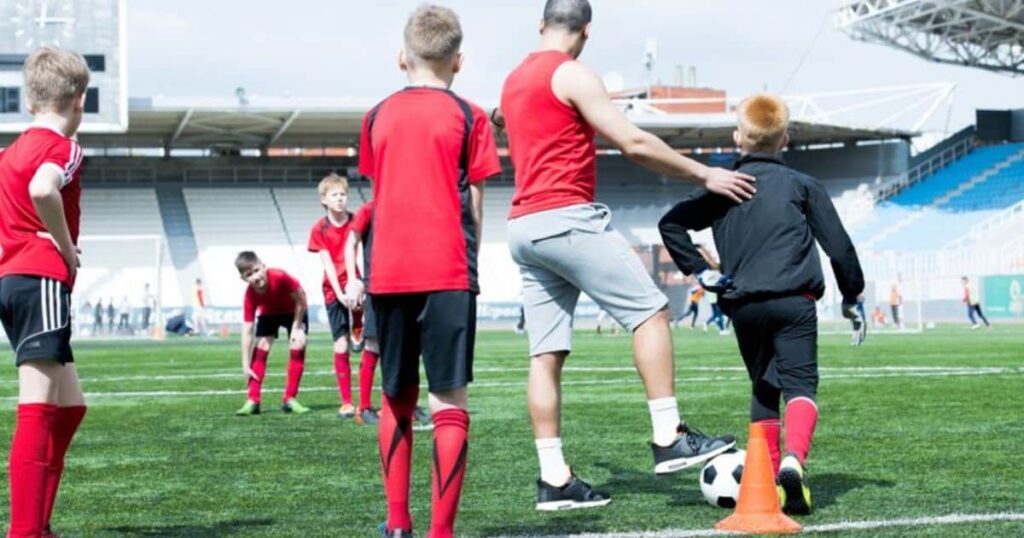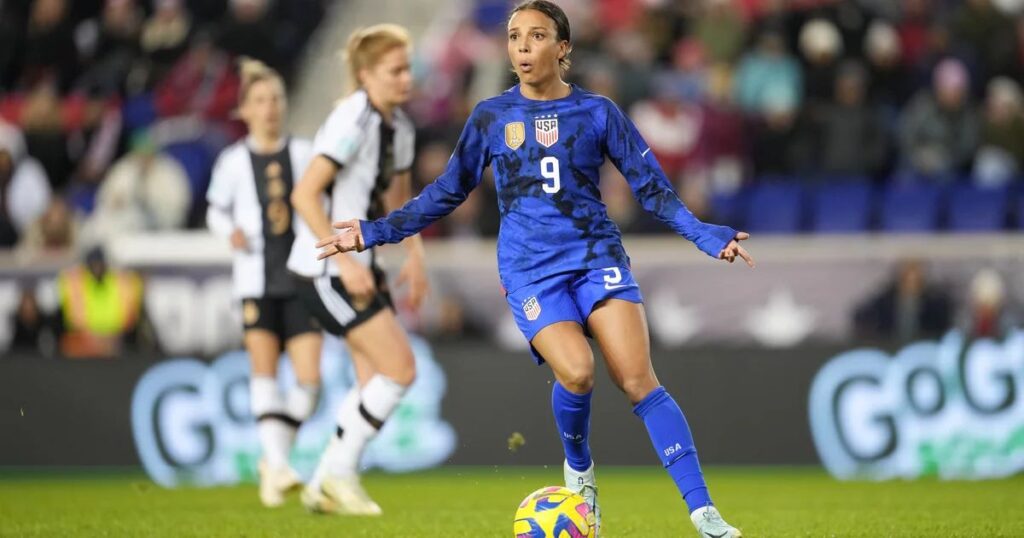A youth soccer game is a match played by younger soccer players. It has two equal periods of continuous play called halves. The object is to score more goals than the opposing team in each half.
How Long is a Youth Soccer Game? This is a common question for both players and parents. Knowing the typical duration helps everyone prepare properly for a game both mentally and physically.
Youth soccer games last shorter periods of time compared to adult games. Most games for younger age groups are split into two halves of 25 minutes each. This allows for shorter attention spans while still providing quality play and practice. Coaches can give various instructions and substitutions during halftime to help all the players improve their skills.
Soccer Game Length by Age Group

The length of a youth soccer game depends on the age of the players. Younger players have shorter attention spans and need more breaks. For ages 5 to 8 years old, games are usually divided into four quarters of 10 minutes each. This allows all players to run around and keeps them interested in the game. There are also short water breaks in between quarters so everyone stays hydrated.
Older age groups can play longer games as attention spans increase. Players from 9 to 12 years old will most likely have halves last between 20 to 25 minutes. High school or secondary school youth games are often the same length as adult amateur games, which is two 45-minute halves separated by a 15-minute halftime break. Soccer Overtime may be introduced in more competitive matches, extending the game duration in case of a tie, but the standard regulation time consists of the aforementioned halves. The changes in game durations as kids grow help ensure soccer remains fun while developing important skills over the years.
how long is a soccer match including half-time
A regular soccer match at both professional and amateur levels is made up of two equal periods of play called halves. Each half lasts for 45 minutes, making the total playing time 90 minutes. However, the referee can add extra time at the end of either half to account for delays or stoppages in play.
In between the two halves is a break called half-time. This half-time period is usually 15 minutes long. During half-time, both teams leave the field to rest and discuss tactics in their dressing rooms. The coaches can talk to the players about what is working well and what needs improvement. Then after 15 minutes both teams return back to the field to start the third quarter of play.
How Long Are Warmups in Soccer

Before beginning any soccer practice or match, it is important to prepare your body. A warmup gets your muscles and heart ready for exercise. For young players in primary school, warmups are usually 10-15 minutes. Coaches lead running, stretching, and fun ball activities to raise breathing and heart rate. This helps players’ bodies without being too tiring.
In secondary school and beyond, warmups are slightly longer at 15-20 minutes. Teams focus on soccer-specific movements with a ball. Players partner up to pass and move around cones. Groups practice set pieces and small sided games. The extra time ensures bodies are 100% prepared for serious training or matches. Proper warmup reduces injury risk too. Overall, taking the time to stretch and get muscles active is vital no matter your soccer level. It ensures everyone can play their best without risk of pulling a muscle.
What About Overtime in Soccer
Here are some important points about overtime in soccer:
- In tournament style games like the World Cup where a winner needs to be determined, overtime may be played if the score is tied at the end of 90 minutes of regular time.
- Overtime consists of two 15-minute periods where teams continue playing to try and break the tie.
- If the score is still level after 30 minutes of overtime, the outcome will be determined by a penalty shootout.
- During overtime, the golden goal rule may apply, meaning the first team to score in overtime wins immediately without needing to finish the full 30 minutes.
- At the youth/amateur level, games may end in a draw if still tied after regular time rather than playing overtime periods.
- Overtime allows regulation soccer matches an extended period to try and determine an outright winner rather than end in a tie.
- Players must have stamina to go the extra distance both physically and mentally if a game reaches overtime.
- Substitutions are usually permitted during overtime intervals like normal halves.
Managing Time Effectively
It is important to manage your time properly as a student. Use a planner or calendar each week to schedule your classes, studying, activities, and free time. Block out regular times to focus on homework without distractions like your phone or TV. Breaking large assignments into smaller tasks makes them feel less overwhelming. Don’t procrastinate—start tasks early so you don’t feel rushed.
Staying organized with your books, notes, and assignments is also key. Have a separate binder or folder for each subject to keep materials together. Back up important files to the cloud or a hard drive in case your computer crashes. Good time management avoids last-minute scrambling and allows you to enjoy fun activities too without feeling stressed.
Schedule study sessions:
Block out specific times, like after school for 2-3 hours, to focus only on studying without distractions. Stick to this schedule each week to form a strong work habit.
Prioritize important tasks:
Look at your assignments and deadlines for the week. Decide which tasks need the most attention and work on those before moving to easier work or free time.
Take short breaks when studying:
It’s easy to lose focus during long study sessions. Take a 5-10 minute break every 60-90 minutes to rest your brain before resuming work. Go for a short walk or have a snack.
Don’t cram before tests:
Schoolwork is not meant to be done all at once. Study new material well in advance of tests so you have time to review and reinforce what you’ve learned rather than panicking. Good preparation leads to better exam performance.
FAQ’s
How many minutes is a youth soccer game?
Most youth soccer games consist of two halves, with each half typically lasting 25 minutes. So the total time for a youth soccer game is around 50 minutes.
How many periods in a youth soccer game?
A standard youth soccer game is played in two halves, rather than periods. Each half usually lasts around 25 minutes, making the total playing time of a youth soccer game approximately 50 minutes.
How long is a boy soccer game?
Boys’ youth soccer games are generally composed of two halves. Each half typically lasts between 25 to 30 minutes, depending on the exact age group. So most boys’ youth soccer games run around 50 to 60 minutes in total length.
How many players are in a youth soccer game?
A standard youth soccer game has 11 players on each team, just like regulation soccer. Some very young age groups may play with fewer players, such as 7v7, but generally youth games follow the standard 11v11 format.
Can there be 2 strikers in soccer?
Yes, it’s quite common for soccer teams to employ 2 strikers, or forwards, in their formations. Many modern attacking systems use a pairing of strikers up front to provide width, options in the box, and the potential for combination play.
Conclusion
In summary, the length of youth soccer games changes as players get older and more capable. Shorter quarter-length games for very young kids keep their attention while allowing breaks. Games then progress to longer halves for older age groups who can focus for more extended periods of time.
By high school, match lengths are often similar to adult amateur levels. Adjusting durations appropriately at each youth stage helps ensure soccer is enjoyable while still helping kids to develop important skills. Following gradual guidelines for game length aids both the participation and development of young soccer players.






